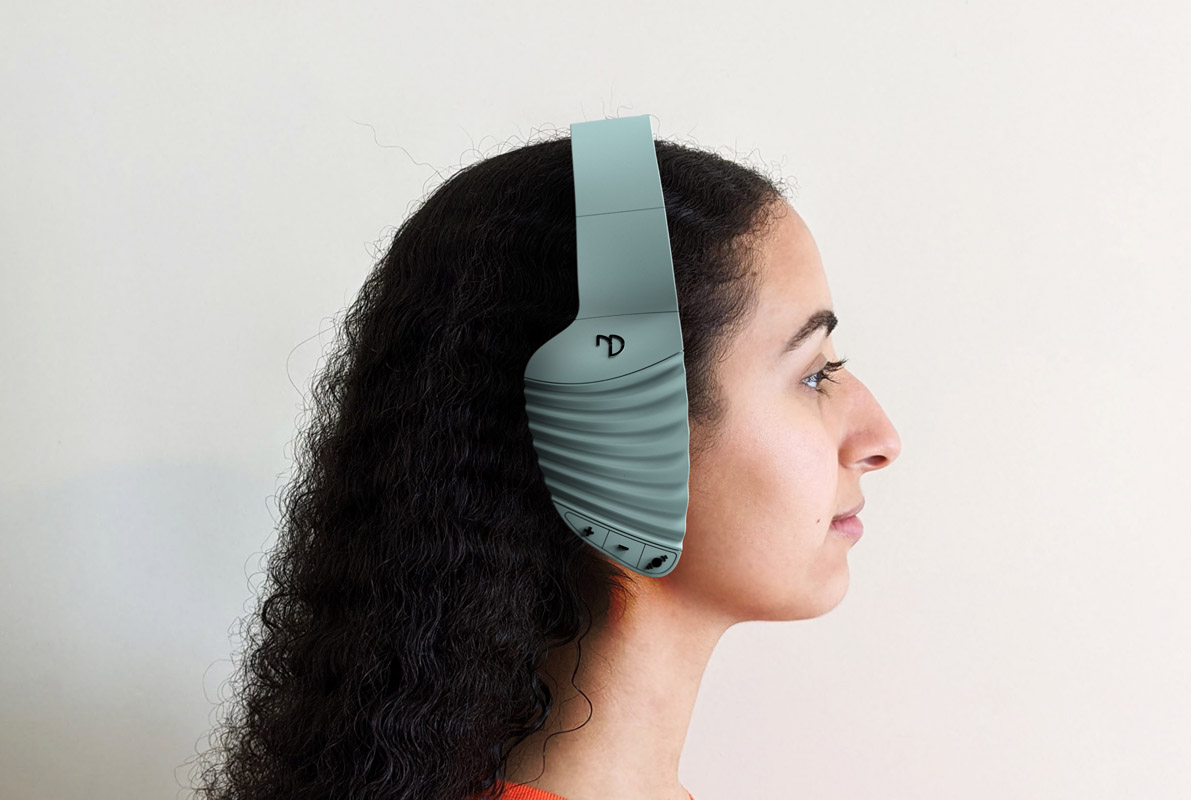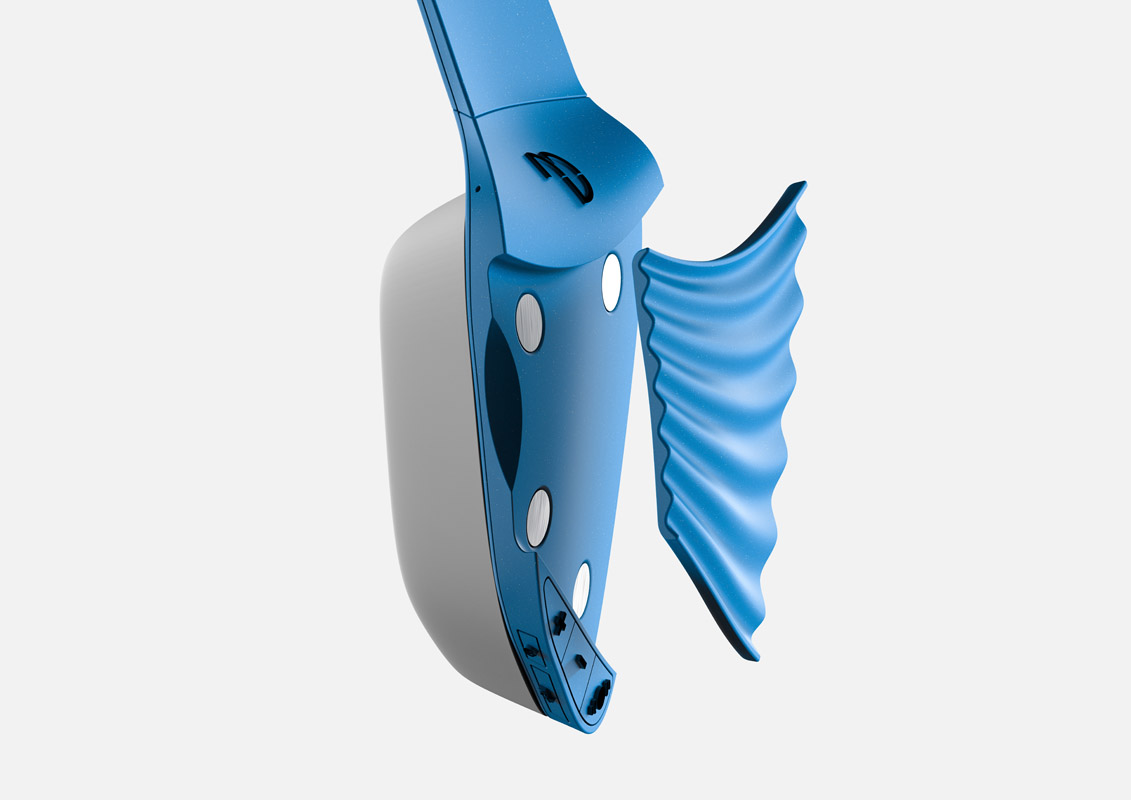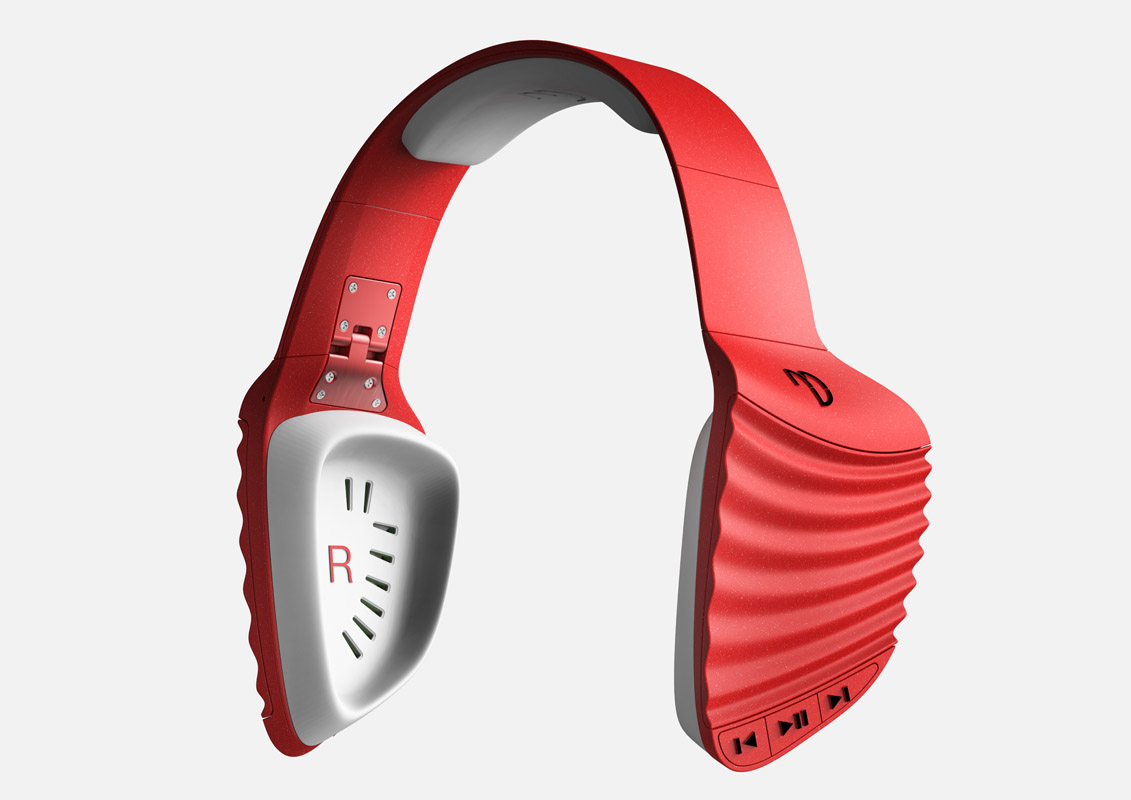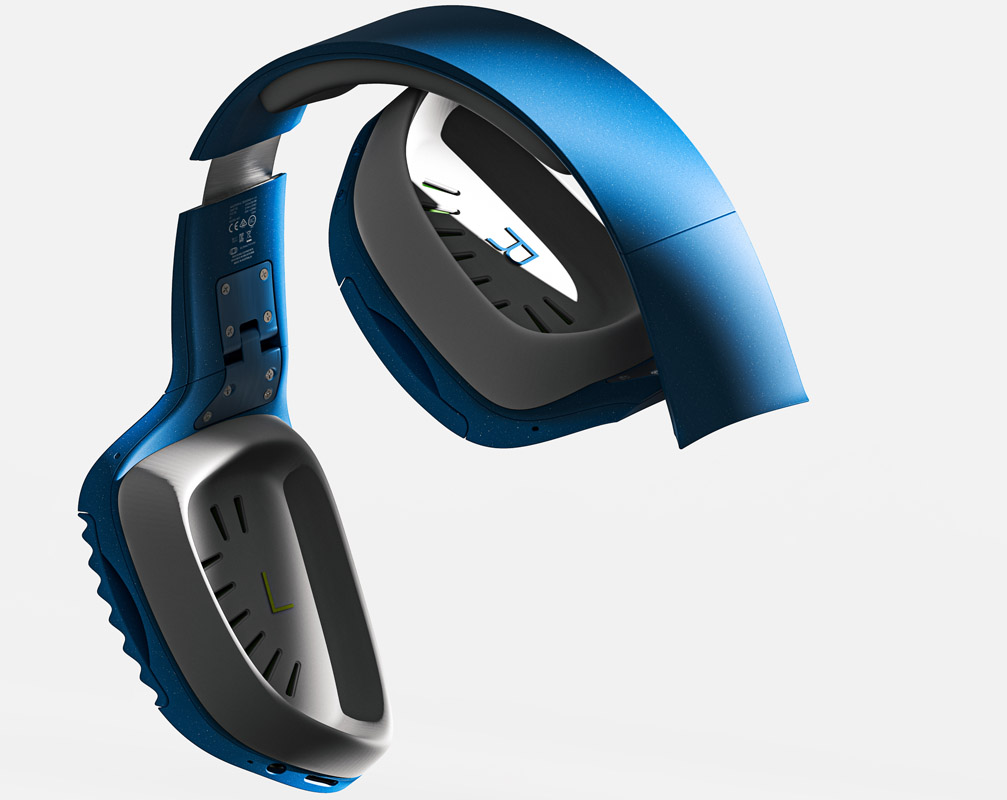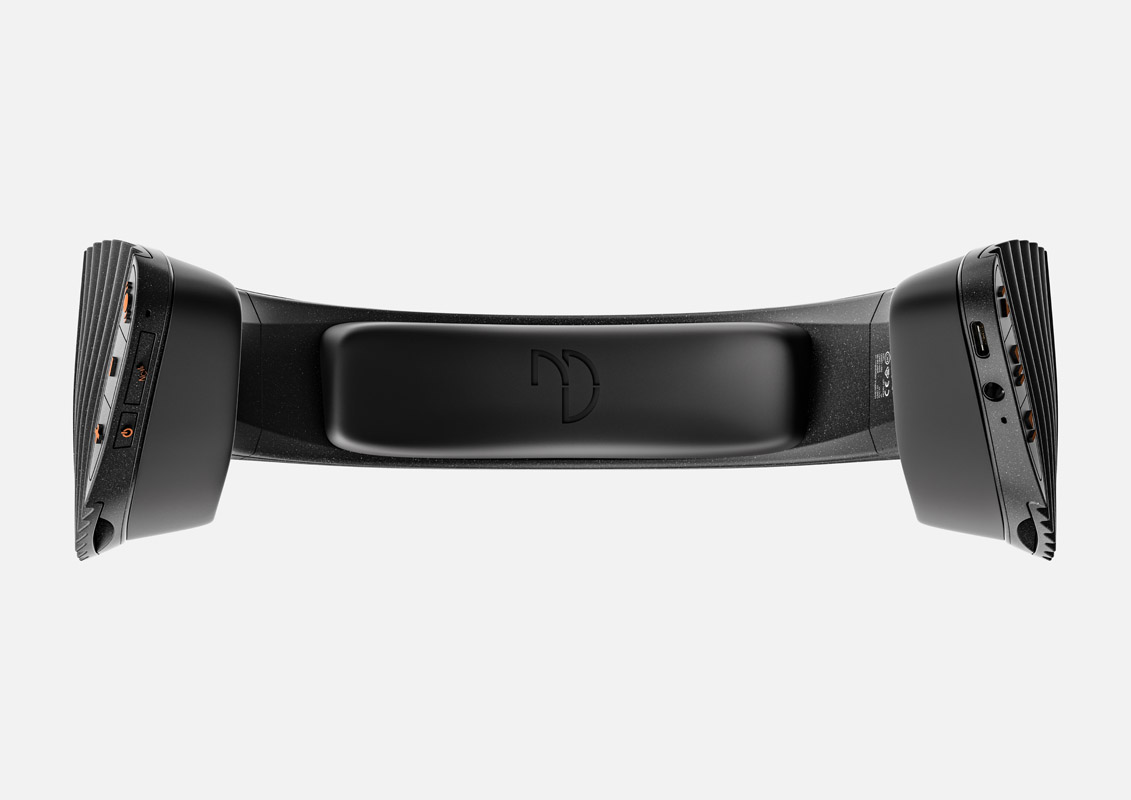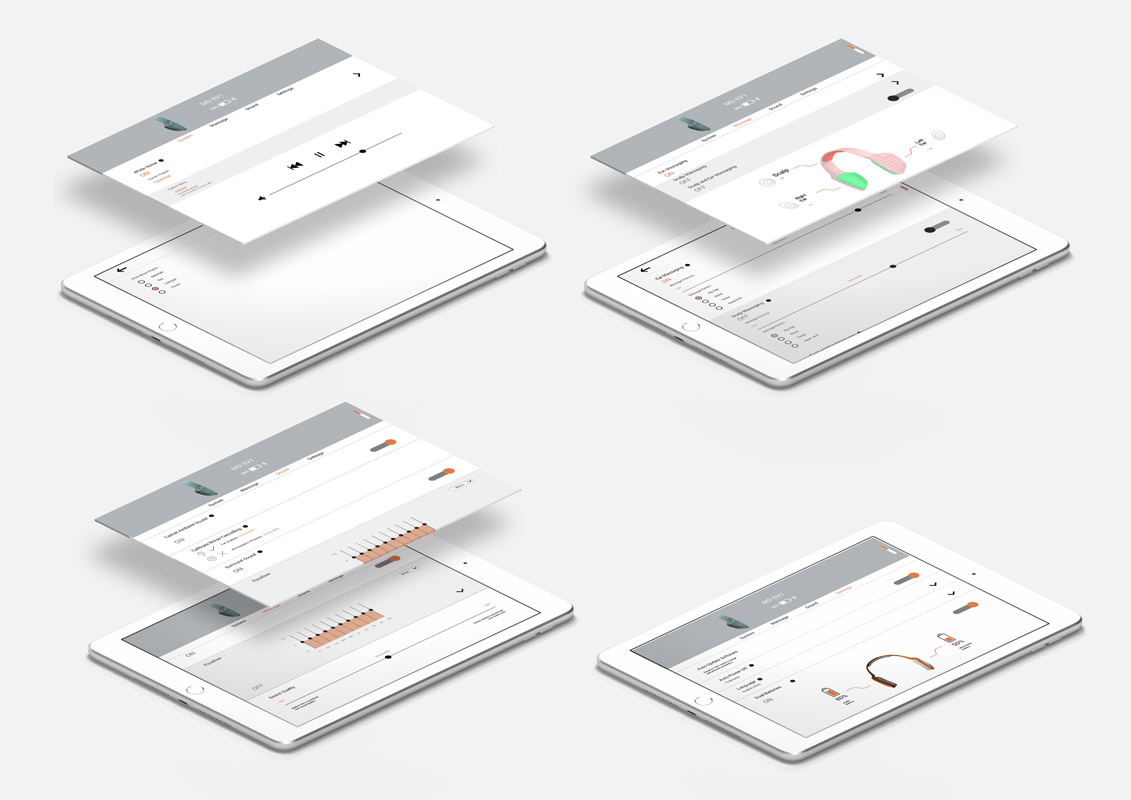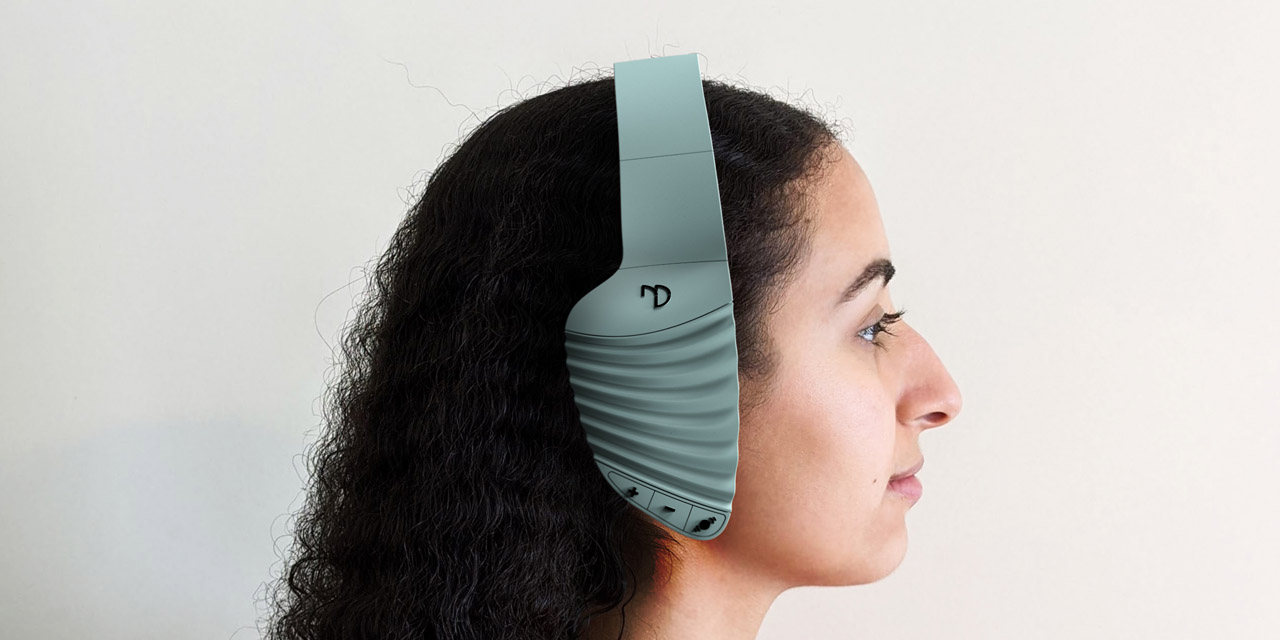I created a mind map of potential solutions to ensure I explored multiple avenues for satisfying the design problem. Sketching & discussions with clinicians helped eliminate inferior concepts. This resulted in the idea of a head massager.
Through first-hand ethnographic research & testing, and consultation & collaboration with clinical specialists, I developed & validated concepts for reducing sensory overload. To meet this goal, I created criteria targeting each design aspect: massaging & tactile functionality, materiality durability & comfort, and convenient, purposeful UX.
To validate the viability of a wearable, I prototyped using pre-existing headphones & cardboard to simulate my initial concept of a head massager that disassembles into a hand massager. This idea was discarded, as the complex mechanisms reduced durability. My final concept became Serene Vibe.
Empathetically examining & evaluating the criteria at each design stage informed the ideation & concept refinement. Generating multiple CAD form iterations not only resulted in refinement, but was also useful in its own right by enhancing my own understanding of the problem & potential solutions.
I developed a companion app by ideating how users could vary the haptic engine patterns & choose where to receive massage.



